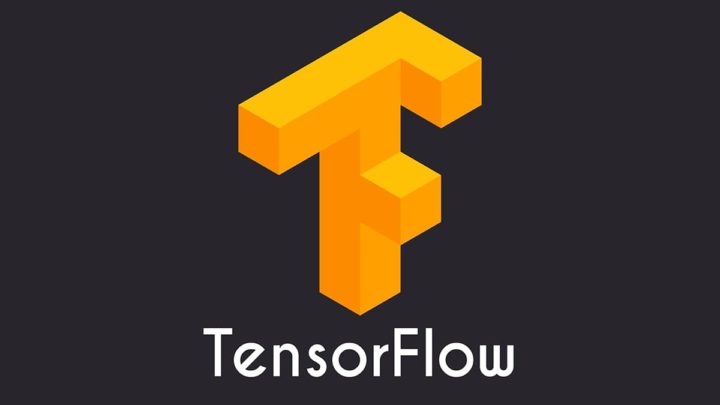[ad_1]
Matrix multiplication is probably is mostly used operation in machine learning, becase all images, sounds, etc are represented in matrixes.
There there are 2 types of multiplication:
Element-wise multiplication : tf.multiply
Element-wise multiplication in TensorFlow is performed using two tensors with identical shapes. This is because the operation multiplies elements in corresponding positions in the two tensors. An example of an element-wise multiplication, denoted by the ⊙ symbol, is shown below:
import tensorflow as tf
A1 = tf.constant([1, 2, 3, 4])
B1 = tf.constant([3, 4, 5, 5])
C1 = tf.multiply(A1, B1)
# C1 = <tf.Tensor: id=2, shape=(4,), dtype=int32, numpy=array([ 3, 8, 15, 20], dtype=int32)>
Matrix multiplication : tf.matmul
import tensorflow as tf
A1 = tf.constant([[2, 24], [2, 26], [2, 57]])
B1 = tf.constant([[1000], [150]])
C1 = tf.matmul(A1, B1)
# C1 = <tf.Tensor: id=5, shape=(3, 1), dtype=int32, numpy=
array([[ 5600],
[ 5900],
[10550]], dtype=int32)>
Matrix add : tf.add
Note, that matrixes should be exactly the same shape
import tensorflow as tf
A1 = tf.constant([1,2,3])
B1 = tf.constant([1,2,3])
C1 = tf.add(A1, B1)
# C1 = <tf.Tensor: id=20, shape=(3,), dtype=int32, numpy=array([2, 4, 6], dtype=int32)>
Matrix sum by dimension : tf.reduce_sum()
This operator just sum all elements of the matrix or specific row or column
import tensorflow as tf
A1 = tf.Variable([[1,2,3],[3,2,1], [3,3,3]])
B2 = tf.reduce_sum(A1)
# B2 <tf.Tensor: id=34, shape=(), dtype=int32, numpy=21>
B3 = tf.reduce_sum(A1, 0)
#B3 <tf.Tensor: id=37, shape=(3,), dtype=int32, numpy=array([7, 7, 7], dtype=int32)>
B4 = tf.reduce_sum(A1, 1)
#B4 <tf.Tensor: id=46, shape=(3,), dtype=int32, numpy=array([6, 6, 9], dtype=int32)>
This article has been published from the source link without modifications to the text. Only the headline has been changed.




